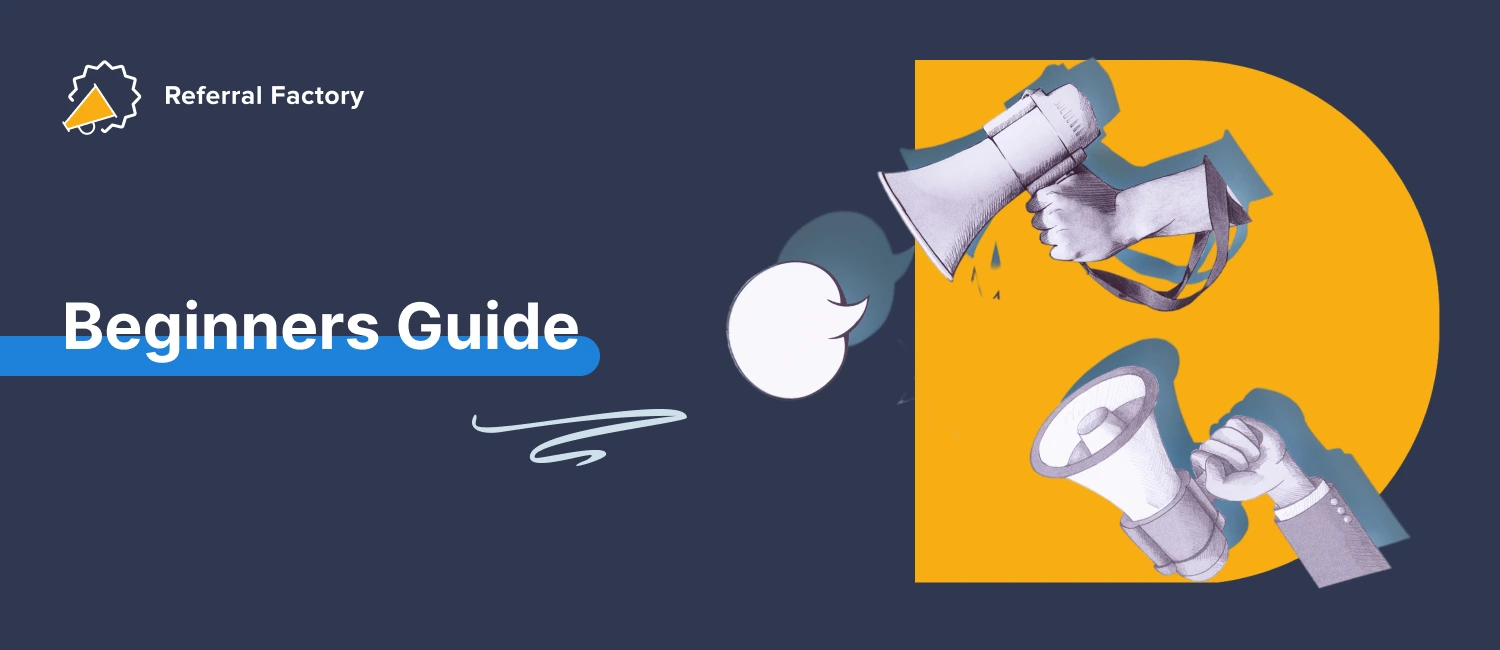10 Strategies to Grow Your Small Business – Tips From A Growth Hacker
20% of small businesses don’t make it through their first year, and 50% of startups won’t survive beyond five years.
Surprised? Starting a business requires careful planning, but growing it demands action.
There’s plenty of advice out there on how to think about growing your business, but not much on how to actually do it. That’s where business growth hacking comes in—it’s all about putting proven strategies into practice to scale your business.
Table of Contents
1. Ask Customers To Refer Their Friends
Turn your happy customers into your strongest growth engine by asking them to refer friends.
Referrals are an easy way to gain quality leads because they come with built-in trust. Timing is everything—introduce your referral program right after a customer makes a purchase when they’re most excited. Sweeten the deal by offering rewards to both the referrer and the new customer, speeding up the referral process. And with cost effective and plug-and-play referral software, implementing a referral program is easier than ever.
Don’t be afraid to make bold moves that fuel rapid growth. Test new strategies, learn from any missteps, and refine your approach. Every experiment, whether a hit or miss, brings you closer to a formula that works for your business.
2. Increase Your Prices
It may seem risky, but a small price bump can actually boost your growth. A slight 2-3% increase often goes unnoticed by customers but can significantly improve your bottom line. By increasing your profit margins, you’ll have more room to reinvest in growing your business.
Regular price adjustments are essential to account for inflation, but think bigger. Use strategic pricing to fuel long-term profit growth and give your business the financial flexibility it needs.
3. Offer Customer Loyalty Rewards
Keeping your current customers happy is three times cheaper than finding new ones. By launching a loyalty program, you can reward repeat business and build stronger relationships. Whether you offer points, discounts, or special perks, a loyalty program will encourage customers to keep coming back—and make them less likely to compare prices elsewhere.
Use your most satisfied customers as your brand ambassadors. Share their testimonials and reviews to showcase how your products or services deliver real results, attracting new customers through the power of social proof.

4. Talk To Customers On Their Channels
You know your existing customers better than anyone, so meet them where they already spend their time. Whether it’s Instagram, Facebook, or another platform, focus on communicating through the channels they prefer. By understanding where your current audience is most active, you can engage them in ways that feel natural and relevant, rather than wasting resources on platforms they don’t use.
Instead of trying to be everywhere at once, concentrate your efforts on the platforms that truly matter to your customers. Targeted, clear messages that resonate with your existing audience are far more effective than broad, untargeted advertising that may not hit the mark. This approach helps you build stronger relationships with your customers and drives better results with less effort.
5. Leverage Email Marketing

Email marketing is an effective way to build stronger relationships, increase engagement, and drive more sales. Beyond referrals, email is a powerful channel for growing your business. To make the most of it, segment your email list and gather data to deliver more personalized content.
The more personalized your emails, the better your results. Addressing recipients by name or recommending products based on their behavior can make a big impact on open and conversion rates.
6. Implement Pop-ups That Offer Discounts
Exit-intent pop-ups are a powerful tool to engage potential customers just as they’re about to leave your site. By tracking their mouse movements and recognizing when they’re about to close the tab or navigate away, you can trigger a well-timed pop-up that grabs their attention at the last moment. Offering an enticing discount, special incentive, or limited-time offer in this crucial moment can turn what would have been a lost visitor into a converted sale.
This simple yet effective business growth strategy not only helps boost your lead generation but also recovers missed opportunities that might have otherwise slipped through the cracks. By giving potential customers a reason to stay or make a purchase, exit-intent pop-ups can reduce bounce rates, increase conversions, and maximize the value of every site visit. Plus, they create an additional touchpoint to capture customer information, allowing you to re-engage with them in the future.
7. Use Content Marketing and SEO (Search Engine Optimization)
SEO is a must-have for any small business looking to grow. By optimizing your site for relevant keywords, you can boost your visibility in search results and attract more customers who are already looking for your products or services.
The benefits of SEO extend beyond just traffic—it increases your credibility and trustworthiness in the eyes of potential customers. Best of all, it’s one of the most cost-effective marketing strategies, offering long-term results without needing continuous ad spend.
8. Incorporate Gamification Into Your Marketing Strategy
Adding gamification to your marketing strategy can increase user engagement and keep customers coming back. Gamification can involve offering rewards, badges, or leaderboards, turning ordinary interactions into fun, interactive experiences.
For example,Ford’s Escape Route Game generated over $8 million in vehicle sales by engaging users with an interactive experience tied directly to their products. Gamification makes marketing more enjoyable, motivating customers to engage with your brand in new and exciting ways.
9. Use Strategic Partnerships

Strategic partnerships not only help you reach new audiences but also allow you to share the load when it comes to costs, risks, and innovation. By leveraging each other’s strengths, you can offer more value to your customers without stretching your own resources too thin. Whether you’re co-creating a product, launching a joint marketing campaign, or simply cross-promoting, these partnerships enable faster growth and increased brand visibility.
The best part? Strategic partnerships often lead to long-term relationships that foster trust, open doors to new opportunities, and provide access to markets or expertise you wouldn’t have reached alone.
10. Organize Events
Event marketing is all about promoting your brand, product, or service by creating or participating in events that engage your audience directly. Whether it’s a live event, a virtual conference, a trade show, or a webinar, this strategy gives you a unique chance to build real-time connections with potential customers. Event marketing can create memorable experiences that strengthen your brand and foster deeper customer relationships.
The key advantage of event marketing is the personal interaction it offers—helping you showcase your expertise, generate leads, and build trust. Whether it’s an in-person or online event, you can tailor the experience to your audience’s needs, making it a powerful tool for boosting brand awareness, engagement, and loyalty. Plus, these events often lead to valuable feedback and insights that you can use to refine your overall marketing strategy.
Final Thoughts
By putting these growth strategies into action, you can drive your business forward with confidence. From leveraging customer referrals and loyalty programs to implementing smart pricing strategies and SEO, each tactic plays a crucial role in building a sustainable, scalable business.
The key is to stay proactive—test new ideas, measure your results, and continually refine your approach. Remember, growing your business isn’t about overnight success—it’s about consistently taking the right steps to create long-term value. Now, it’s time to stop just thinking about growth and start making it happen!




